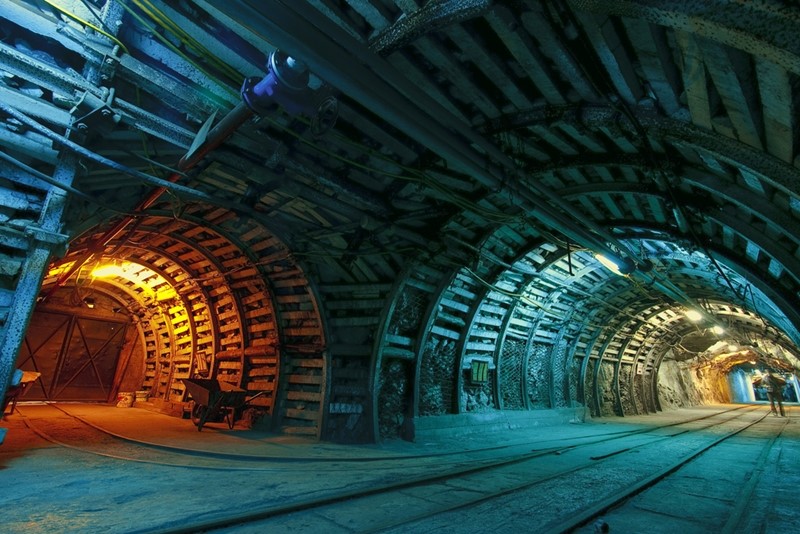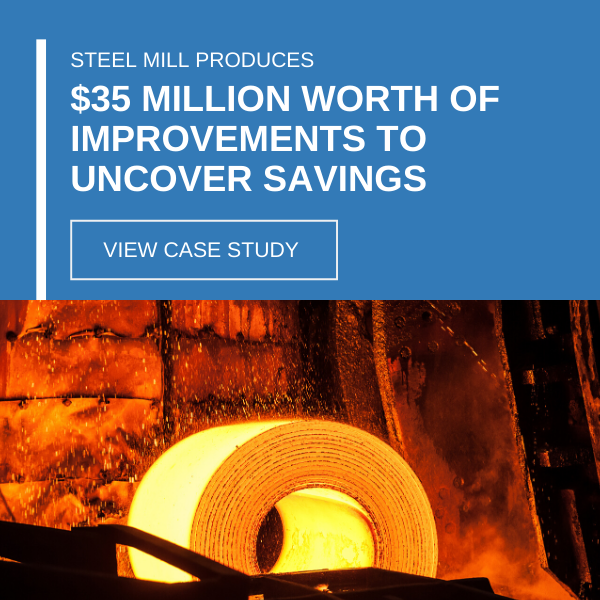
Future Trends for Metal Producers
Like any other industry, metal manufacturing can benefit greatly from a reduction in operational expenses. Smarter, data-driven processes have the potential to eliminate waste in smelting and deliver sustainability at ore extraction sites even during troubled times. What lies ahead for metal producers the world over, and how might operational excellence help them rise to the occasion as their industry matures?
“2017 looks to be an upward-trending year for steel and iron ore prices, but only barely.”
Pricing forecasts show slow improvement
After the commodities boom peaked in 2011 and plummeted thereafter, any small gains to entrenched businesses are welcome. According to Knoema, 2017 looks to be an upward-trending year overall for steel and iron ore prices, but only barely. The projections also show a plateau throughout the rest of the decade, a sign that market value will not soon return to the twofold or even threefold per-tonne prices the metal industry enjoyed at the start of the 21st century.
With this in mind, businesses should feel comfortable instituting opex-cutting initiatives like predictive analysis for asset performance or standardized operating procedures for changeovers. After all, operationally efficient strategies will allow the companies that adopt them to become more responsive to not only their needs, but the needs of their customers, as their interests and expectations shift because of pricing. Operational excellence, therefore, makes room in the budget to build a better, more attractive product with a lower risk of financial turbulence.
Labor costs increase as ore grades decrease
Much of the metal industry’s costs upstream of smelters revolve around labor – around 40 to 50 percent in the mining sector, for example, according to a 2016 study from Deloitte. Industry leaders know the implausibility of simply pushing mining staff to extract more ore at a faster clip. Even though the depletion of high-grade ore deposits across the globe has led to the development of equipment potentially capable of cost-efficient low-grade ore extraction, the exchange has not been commensurate. The loss of high-grade ore opportunities currently trumps any gains reclaimed through innovation.

Operational excellence helps low-grade ore mining become more cost efficient.
With prices as low as they are in 2016 and mining companies squeezing what they can out of already overextended mines, something else has got to give. Metal producers need eyes on upstream operations and actionable intelligence to know how, where, and when to optimize effectively, particularly if they wish to avoid labor fallout from unobtainable operational demands from their workforces.
Economic improvement in other sectors pushes metal to produce under strain
As dim as the short-term outlook appears for many metal producers, long-term growth in areas like construction and automotive provide a silver lining. According to PricewaterhouseCoopers, construction output volumes around the world will increase 85 percent between now and 2030, with China, India, and the U.S. leading the charge. And while U.S. auto sales might stagnate over the next couple years, the incorporation of new gadgets into the average vehicle could prove to be a boon to rare metals used primarily in electronics. Moreover, project sales boosts in China signal even more innovation requiring a bounty of diverse materials.
As we mentioned earlier, operational excellence make businesses lighter on their feet and should not be seen exclusively as a method for tightening spend management. After all, the best defense is a good offense. So while metal producers incorporate new processes designed to navigate the disruptions affecting their sector, they shouldn’t lose sight of the opportunities for success on the horizon. To achieve them, however, these companies will need flexibility and agility, both of which they can gain through operational insight and optimization.





